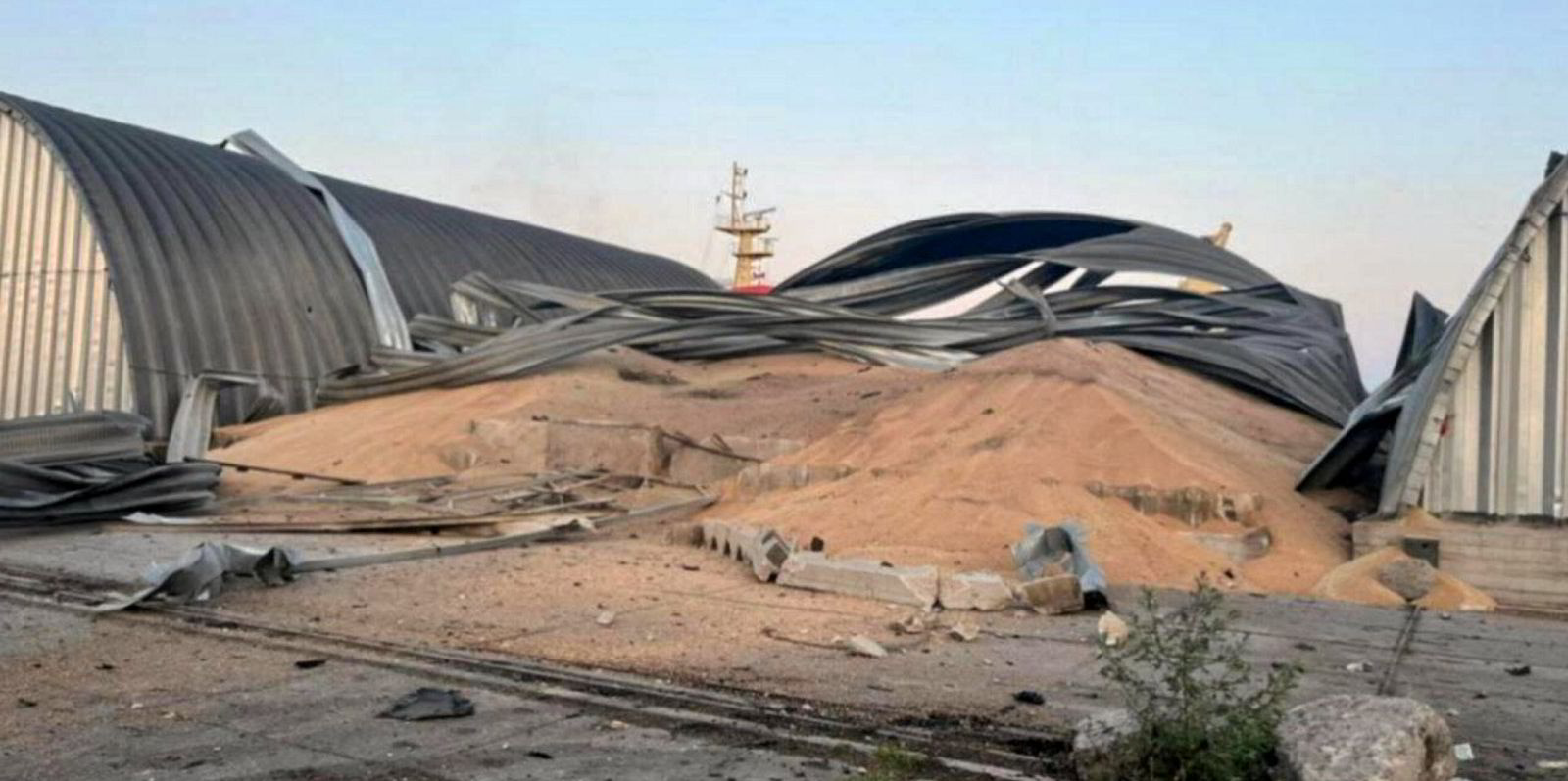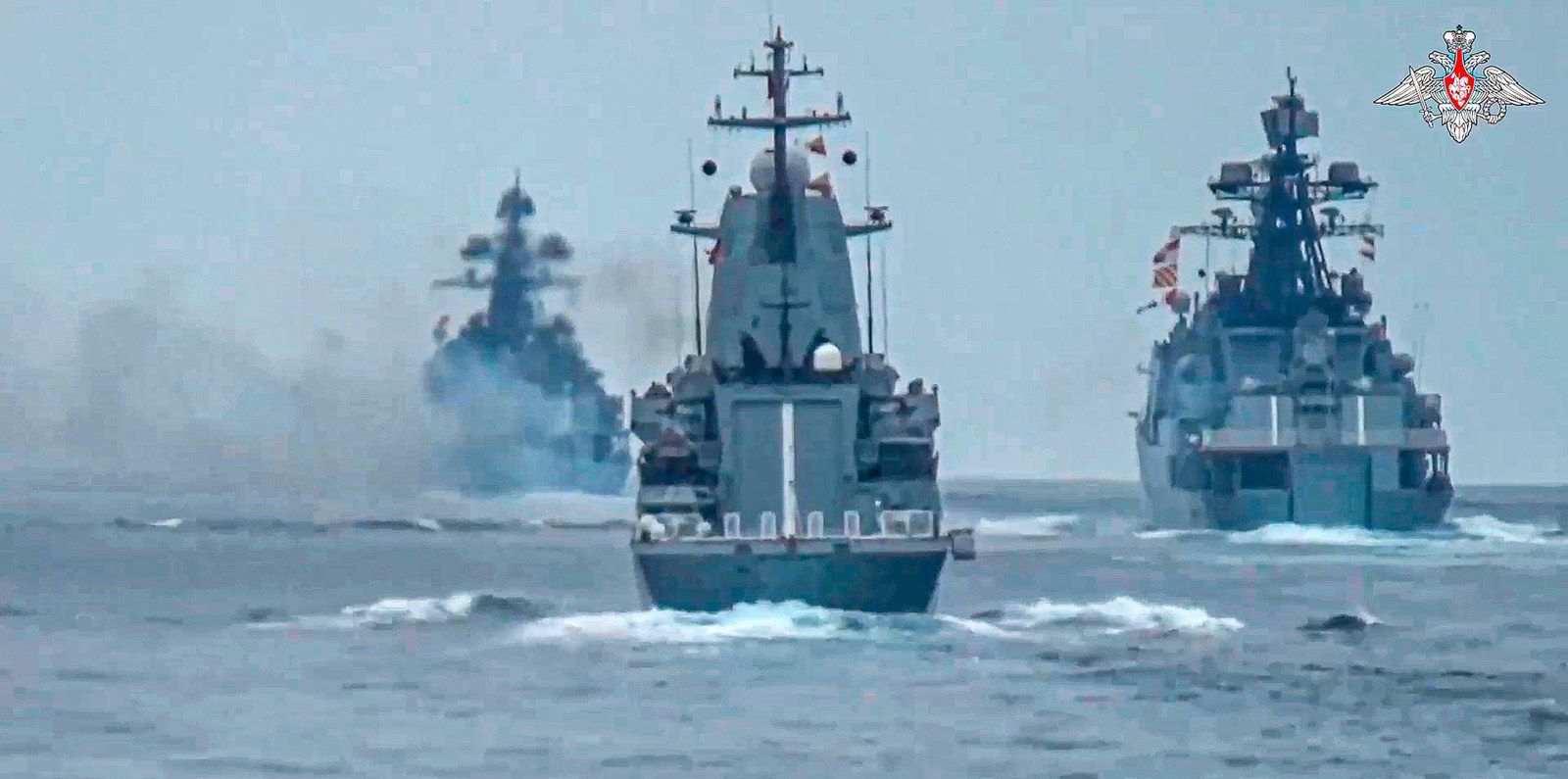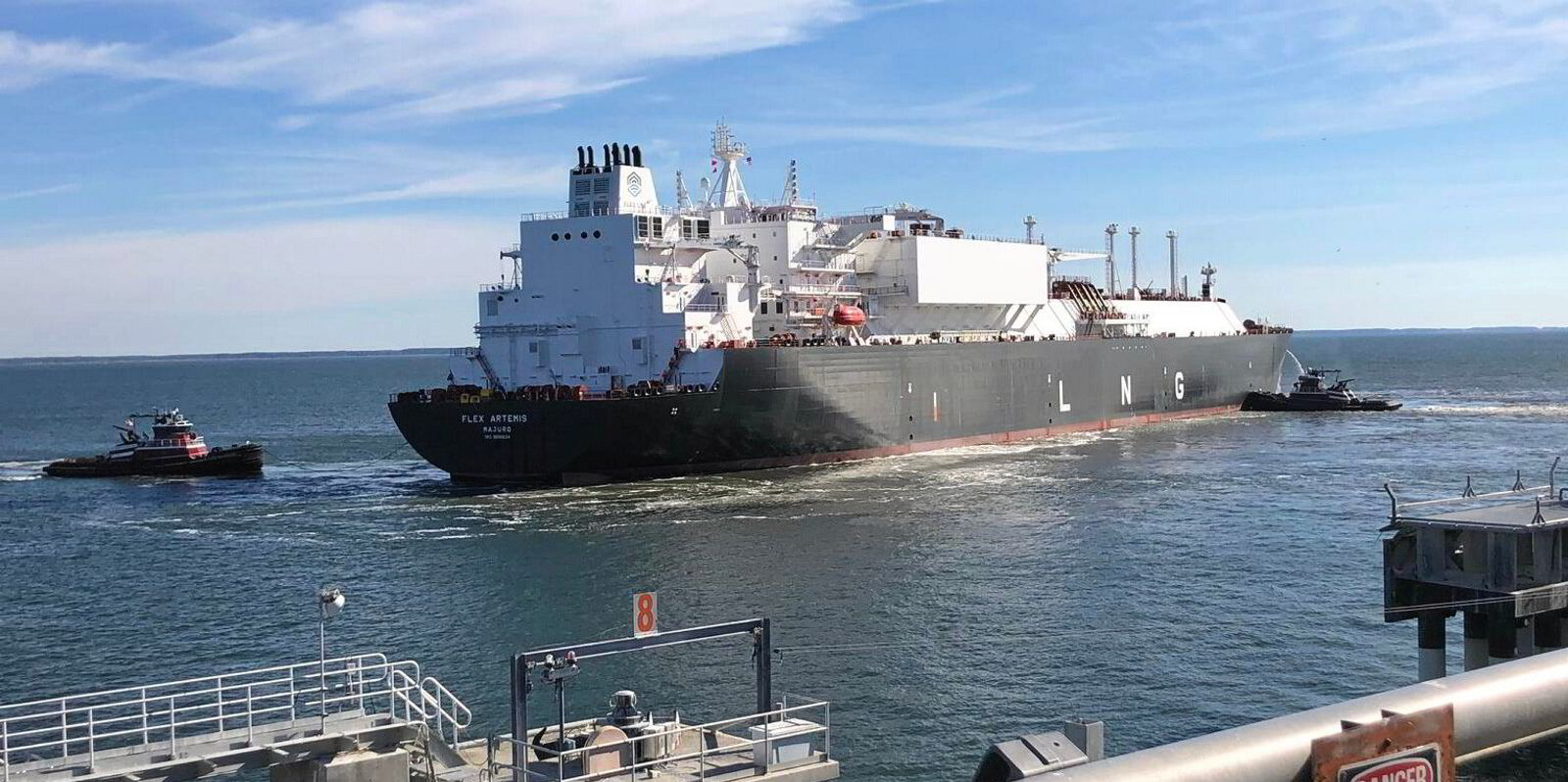When I was in law school, international law was not my best subject.
But if there was one takeaway from that coursework, it was the way governments’ reactions to the actions of other states can define, or undermine, international law. Those reactions determine what is acceptable and what is not, including in a conflagration such as the one raging in Eastern Europe.
The recent threats by Russia and Ukraine against merchant shipping are a reminder of that lesson — of the importance of the international community in holding both sides to account for following the rules of war.
Turning merchant ships into targets of warfare unacceptably puts seafarers at risk. Following the potential end of an agreement that protected ships in the Black Sea, states must take a stand against any action by either of the warring sides that deliberately threatens merchant ships with violence, regardless of which side they view as their allies.
After Russia pulled out of the Black Sea Grain Initiative (BSGI), Moscow not only launched attacks on Ukraine’s port infrastructure but also issued threats against shipping, as my colleague Harry Papachristou has been reporting.
“All ships en route to Ukrainian ports in Black Sea waters will be considered as potential carriers of military cargo,” the Russian defence ministry announced.
“Accordingly, the flag states of such ships will be considered involved in the Ukrainian conflict on the side of the Kyiv regime.”
That came shortly after Kremlin spokesman Dmitry Peskov warned of risks associated with carrying cargoes from blockaded ports in Ukraine.
Since then, Russia has expanded its attacks on Ukraine’s port infrastructure, with drones striking grain storage facilities along the Danube River, a key alternative outlet for exporting dry bulk cargo after the United Nations-brokered agreement covering the Black Sea.

But Kyiv has issued a threat of its own.
Tit-for-tat threats
“All vessels heading in the waters of the Black Sea in the direction of seaports of the Russian Federation and Ukrainian seaports located on the territory of Ukraine temporarily occupied by Russia may be considered by Ukraine as … carrying military cargo with all the associated risks,” Ukraine’s infrastructure minister Oleksandr Kubrakov tweeted.
Neither statement expressed a clear intent to take violent measures on merchant vessels. Still, Russia’s statement was read that way, and Moscow’s actions against port facilities certainly lent credence to those claims, but Ukraine’s bears similar language.
A neutral vessel may not be captured or attacked unless it engages in certain prohibited conduct.
Raul “Pete” Pedrozo
But let’s be clear. Ships have a right to freedom of navigation in the Black Sea and international waters.
That being said, the acts of violence that have put merchant seafarers at risk of injury and death have no place under the rules of war.
Raul “Pete” Pedrozo, a retired US Navy lawyer who is a professor of armed conflict law at the US Naval War College, recently wrote in the International Law Studies journal that Russian and Ukrainian warships can search neutral merchant ships to determine the “enemy character” of the ship or cargo.
“A neutral vessel may not be captured or attacked unless it engages in certain prohibited conduct,” he wrote.
That conduct could include avoiding attempts to establish its identity, resisting a search or attempting to breach a blockade, although Ukrainian or Russian merchant ships acting as naval auxiliary vessels may not fall under this legal protection.
Last year, before the BSGI provided some protection from shipping in and out of Ukraine, multiple attacks on commercial ships were blamed on Russia.
Attacks on Russian ships
But over the course of the war, Ukrainian forces’ actions in the Black and Azov seas have not been without blame either.
Pedrozo pointed to missile attacks on two vessels — the 3,300-dwt SGV Flot (built 1981) and the 4,000-dwt Seraphim Sarovskiy (built 1986) — in the early weeks of the war.

He acknowledged that reports that Ukrainian forces carried out these attacks are unverified.
Enemy merchant ships can be captured outside neutral waters, but they may not be attacked or destroyed except under certain circumstances, like refusing search or capture or sailing in a convoy with warships.
“Absent evidence that these merchant ships were engaged in intelligence collection, were employed as a naval auxiliary, or were integrated into Russia’s war-fighting, war-supporting or war-sustaining effort, the alleged Ukrainian missile attacks would be inconsistent with the law of naval warfare,” he wrote.
The attacks on port infrastructure following the end of the grain initiative raise the spectre that a darker chapter is ahead for the waters off Ukraine’s coast.
An end to Moscow’s terrible war seems far off, so a diplomatic breakthrough that would restore the BSGI would be a welcome outcome.
But until that happens, violations of the laws of war and the sea, by either side, should not be ignored.




